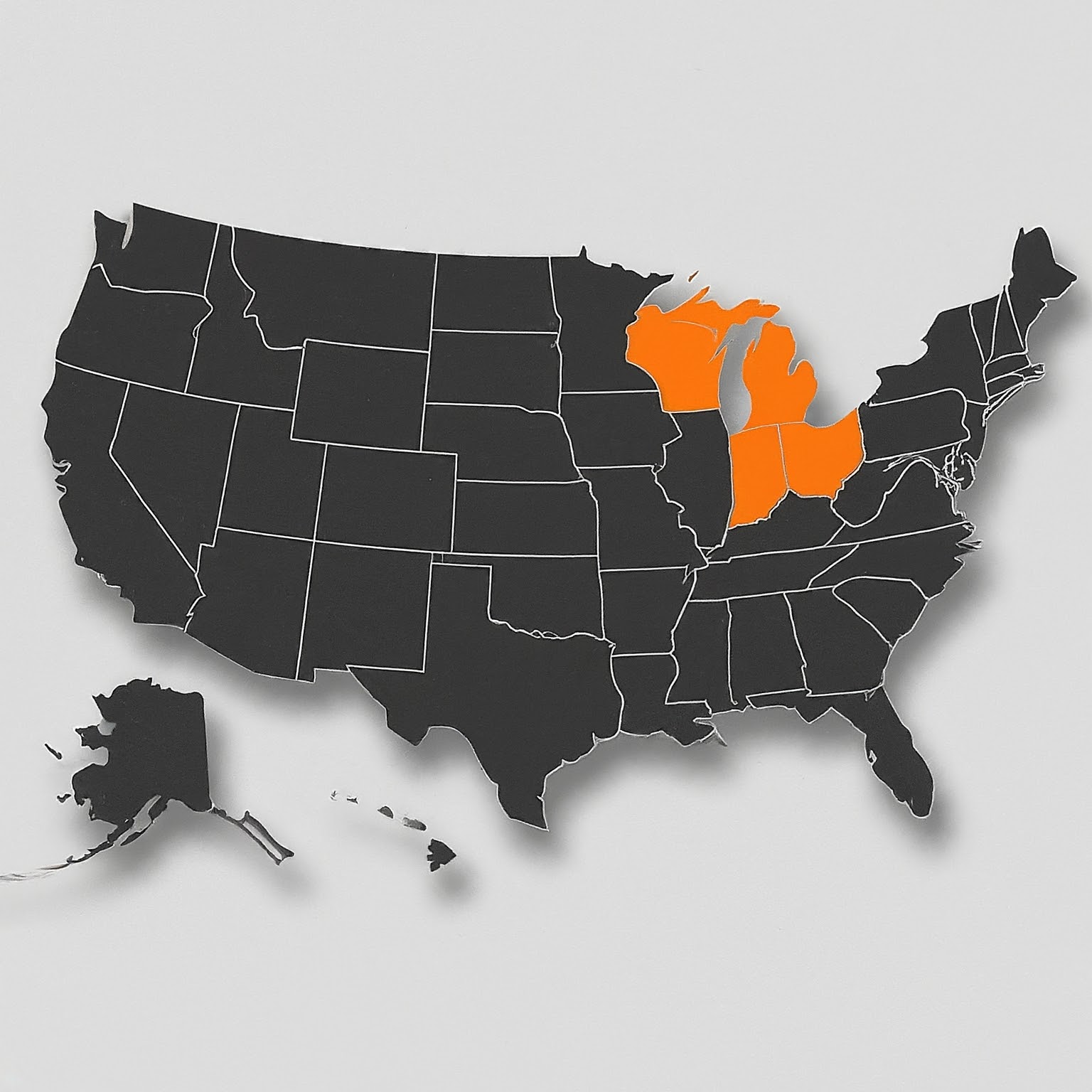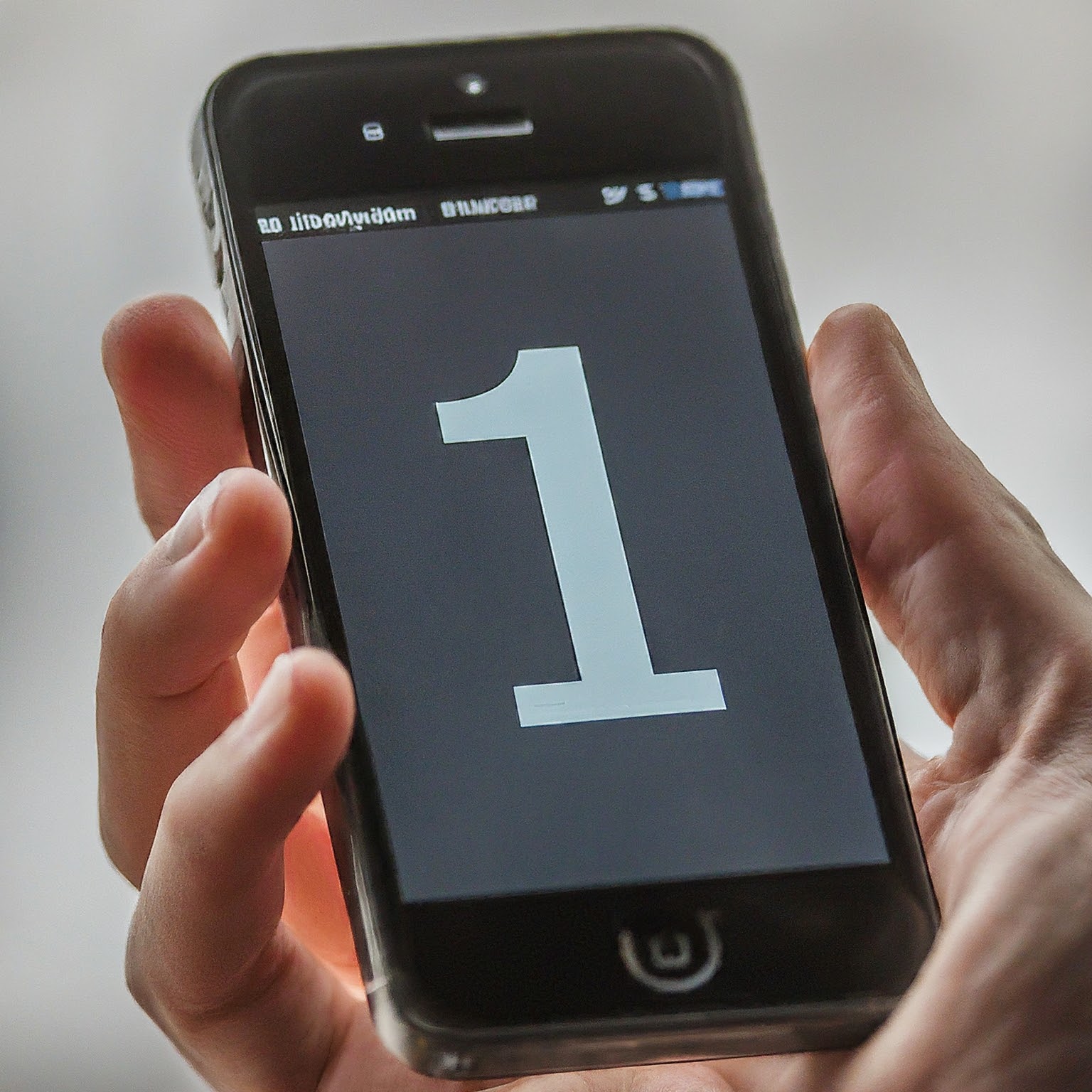The US phone country code is a crucial piece of information for anyone looking to make an international call to the United States. In this comprehensive guide, we will delve into the intricacies of this code, its significance in the global telecommunication system, and how it impacts international calling.

What is the US Phone Country Code?
The US phone country code is +1. This code is prefixed to any US phone number when dialing from outside the United States. It serves as a unique identifier for the country, allowing the global telecommunication network to route calls correctly.
The Importance of the US Phone Country Code
The US phone country code is essential for several reasons:
- International Calling: When placing a call from outside the US, the +1 code is crucial for connecting to the correct network.
- Global Communication: It enables seamless communication between people in the US and those in other countries.
- Online Services: Many online services, such as websites and apps, require the country code to verify phone numbers.
How to Use the US Phone Country Code
To make an international call to the US, follow these steps:
- Dial the international access code (varies by country, usually 00 or +).
- Dial the US phone country code (+1).
- Dial the area code (3 digits).
- Dial the local phone number (7 digits).
For example, to call a number in New York City from London, you would dial: 00 1 212 xxx xxxx.
Common Misconceptions About the US Phone Country Code
There are several misconceptions about the US phone country code:
- The US doesn’t have a country code: This is incorrect. The +1 is the official country code for the US.
- The area code is the country code: The area code identifies a geographic region within the US, not the country itself.
- You only need the country code for international calls: While the country code is essential for international calls, it’s also used for many online services.
The Role of the US Phone Country Code in Technology
The US phone country code plays a vital role in modern technology:
- VoIP Services: Internet-based phone services rely on country codes to route calls efficiently.
- Mobile Apps: Many mobile apps use phone numbers for verification and require the country code.
- Online Payments: Some online payment systems use phone numbers for security purposes, and the country code is necessary.
Challenges and Future Trends
While the US phone country code has been a reliable system for many years, there are challenges to consider:
- Overlapping Area Codes: As population growth and mobile phone usage increase, area code overlap has become a problem.
- Number Portability: While number portability allows users to keep their phone number when changing carriers, it can complicate matters for international calling.
- IP Telephony: The rise of IP telephony (VoIP) has introduced new complexities in terms of number routing and identification.
Future trends in telecommunications may impact the use of the US phone country code:
- Numbering Plan Changes: As technology evolves, there may be changes to the numbering plan, which could affect the country code.
- International Numbering Plans: Standardization of international numbering plans could simplify international calling.
- New Communication Technologies: Emerging technologies like satellite phones and other communication methods may introduce new challenges and opportunities.
Conclusion
The US phone country code is a fundamental component of the global telecommunication system. Understanding its role and how to use it correctly is essential for anyone who needs to make international calls or use US phone numbers for online services. As technology continues to advance, it’s important to stay informed about potential changes to the numbering system and how they may impact international communication.

لا تعليق